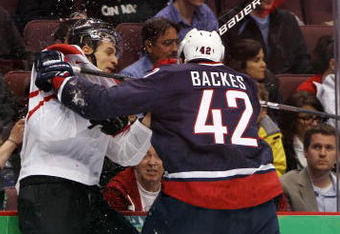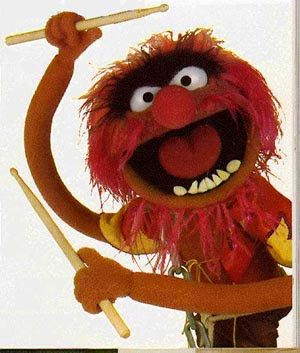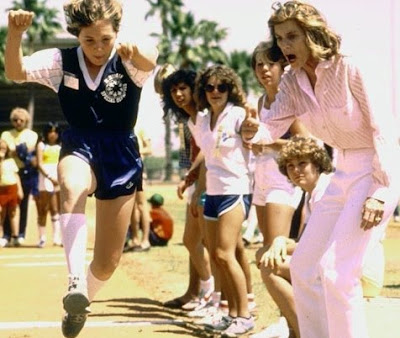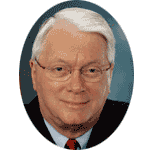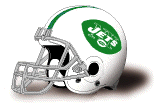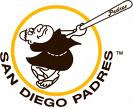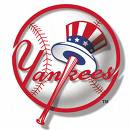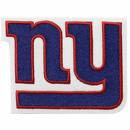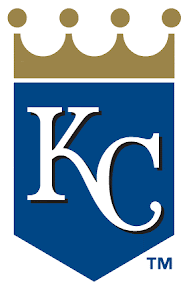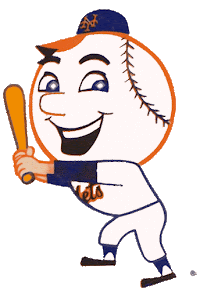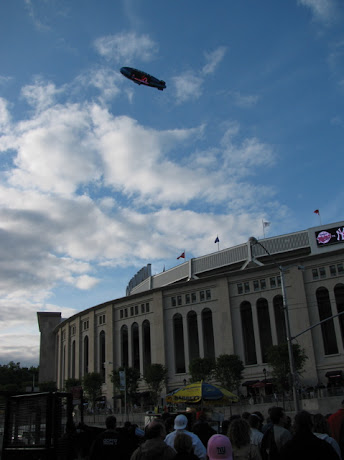All too often, an Olympic hockey team will take on the persona of its country.
The rink rats of the young, on-the-go United States squad can skate laps around their opponents. Team Russia and its staunch defense mirrors its proud, disciplined people.
So the question begs to be asked. Do the players from traditionally neutral Switzerland participate in on-ice donnybrooks, one of hockey’s oldest traditions?
The answer is no. Swiss gloves stay on for all 60 minutes of a game. Admirably, the country’s unbiased attitude instills in their hockey players.
But perhaps the Swiss should consider occasionally, albeit temporarily, letting down their guard on the frozen pond and shouting "en garde."
Since hockey became an Olympic sport in 1920, Switzerland has medaled only two bronzes — the last coming in 1948.
Canada and the Soviet Union — countries that practically invented fighting and bad behavior — by comparison, have claimed two-thirds of the Olympic Game’s 21 gold medals. Great Britain has won more gold medals (1936) than Switzerland.
The true hockey fan will tell you, however, that there’s no fighting on the Olympic level. Same goes for collegiate, minor, most European, and all women’s leagues, where a bare-knuckle scrap or old-fashioned hair-pulling earns combatants an automatic ejection.
When it comes to finding tough-guys in Switzerland, however, they’re not all Swiss Misses.
Just ask Semaden, SUI-native Mark Hardy, who is no Missus — even though his middle name is ‘Lea.'
In 15 seasons with the Los Angeles Kings, Minnesota North Stars and New York Rangers, Hardy spent more time in an NHL sin bin than any other Swiss-born player.
The current Kings assistant coach spent 1,243 minutes of his playing career watching from the bad box, where he idled 1,000-plus minutes more than eight of the next most penalized Swiss-born players to compete in the NHL combined.
The closest Swiss compatriot to Hardy and his 20 hours of penalty time is the New York Islander’s Mark Streit, the captain of the country’s 2010 Olympic squad and owner of a paltry 172 minutes isolated in time out.
Hardy, 51, was mostly muscle. His career 62 goals in 915 games left his resume with a dreary .06 goals-per-game average. In light of his back-of-the-net ineptitude, his place in hockey lore is on solid ice.
For proof, just ask Mike Keane to show you the bruise he surely still has from Hardy. In the 1993 Stanley Cup finals, Hardy leveled the Montreal Canadiens’ right winger with a YouTube-worthy body check that lives on today in search engines under the guise of “Hockey Brawls, Fights and Hits.”
Hardy and Keane, it turns out, are intertwined in international hockey history like a twisted game of six-degrees of Kevin Bacon — if by that you mean the actor with his jersey pulled halfway over his head getting pummeled by six different people at once.
Hardy was raised to salute a flag that resembles the Red Cross symbol, but likely honed his proclivity for doling out pain after relocating to Montreal and becoming a Canadian citizen.
Keane — who like Hardy only played on the World Championship level and not the Olympic stage — put up his dukes in the infamous “Punch-up in Piestany.”
Keane is one of just nine players to win a Stanley Cup with three different franchises. But the Canadian is renowned for dropping his gloves and fighting Russia’s Valeri Zelepukin in the violent, 20-minute, bench-clearing melee at the 1987 World Junior Championships in Czechoslovakia.
If we’re to believe teammate Theoren Fleury, Gare Joyce’s book “When the Lights Went Out,” and Wikipedia, Keane was “fighting like it was for the world title.”
When it comes to fisticuffs, the Swiss prefer their pugilism between the ropes and not the ice. Or at least they used to. You have to go back to 1936 to find the last time Switzerland fielded an Olympic boxing team.
None of the Swiss boxers — four of whom were peculiarly named Walter — failed to win a medal that year. And ever since, Switzerland’s proclivity for pacifism is a legend of its own commendable mettle.




